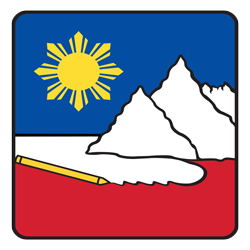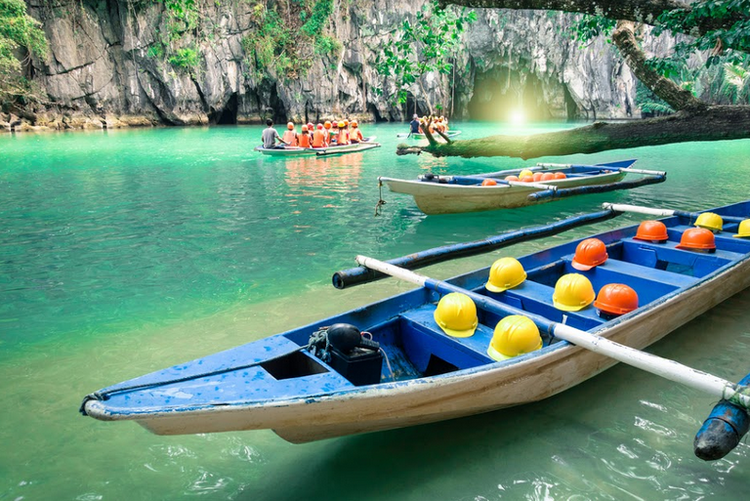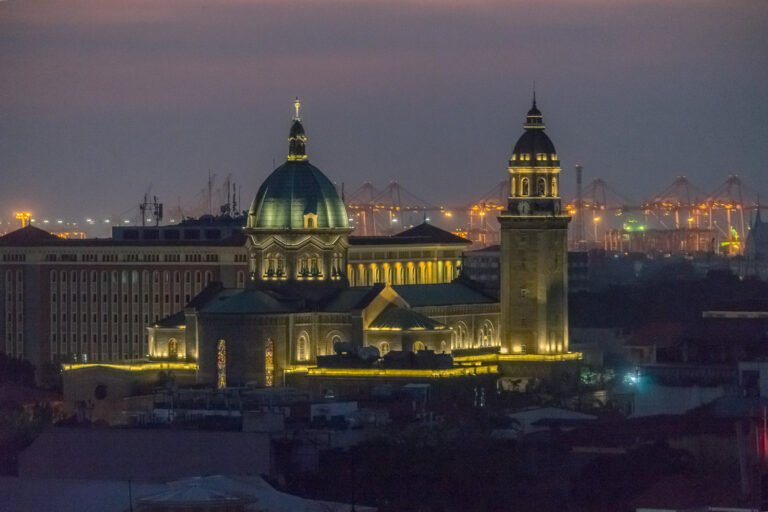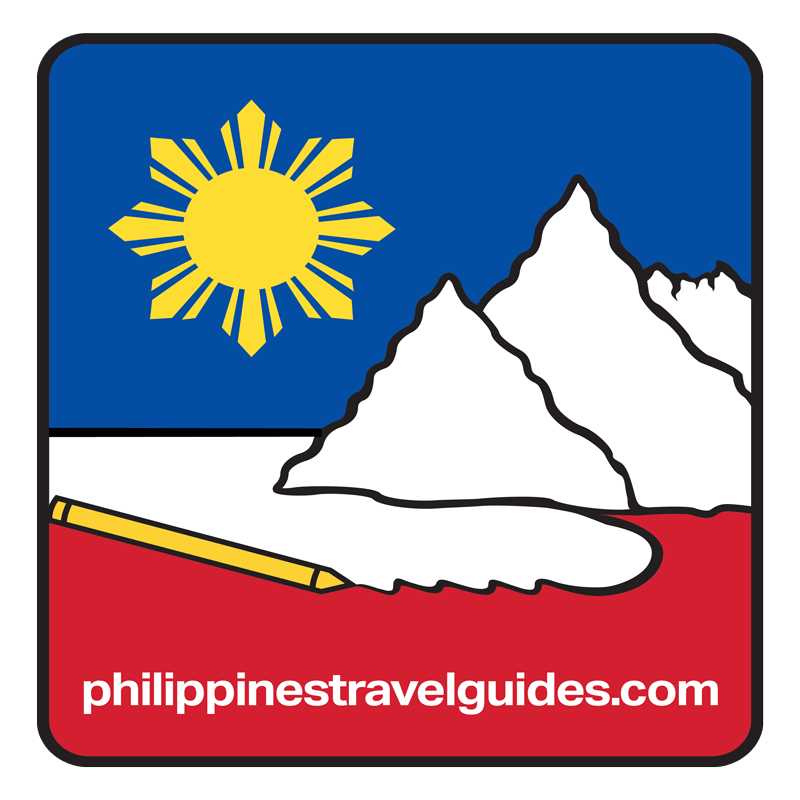Essential Filipino Phrases Every Traveler Should Know
Traveling to the Philippines becomes infinitely more rewarding when you can connect with locals in their own language. While English is widely spoken throughout the archipelago, learning basic Filipino (Tagalog) phrases opens doors to authentic experiences, warmer interactions, and deeper cultural understanding. From navigating bustling markets in Manila to asking for directions in remote island villages, these essential phrases will transform your Philippine adventure.
Filipino locals genuinely appreciate travelers who make the effort to speak their language, often responding with bigger smiles, helpful advice, and sometimes even invitations to local gatherings. This comprehensive guide will equip you with the most practical phrases needed for everyday situations during your Philippine journey.
Table of Contents
Understanding Filipino Language Basics
Filipino, based primarily on Tagalog, serves as the national language of the Philippines alongside English. The language features relatively simple pronunciation rules that make it accessible to English speakers. Most Filipino words are pronounced exactly as they’re spelled, with emphasis typically falling on the second-to-last syllable.
For comprehensive language learning resources and audio pronunciations, the Komisyon sa Wikang Filipino (Commission on the Filipino Language) provides official language standards and educational materials for Filipino language learning.
The Philippines has over 170 languages and dialects, but Filipino and English will serve you well throughout most regions. In tourist areas, English proficiency is high, but venturing into rural areas or engaging with older generations often requires basic Filipino skills.
Understanding a few key pronunciation guidelines will boost your confidence. Primary stress occurs on either the final or the penultimate syllable of a word, with the penultimate being most common. The letter “ng” is pronounced as a single sound (like in “sing”), “r” is lightly rolled, and vowels are generally short and crisp.
TIPS: Start Small
Don’t try to memorize everything at once!
Focus on mastering 5-10 essential phrases first: greetings, thank you, excuse me, and asking for directions. Use these daily during your first few days, and once they become natural, gradually add more phrases to your repertoire. Most travelers find that consistent use of just a handful of phrases opens more doors than knowing many phrases you’re too hesitant to use.
Essential Greetings and Polite Expressions
Proper greetings set the foundation for positive interactions throughout the Philippines. Filipino culture places a high value on respect and politeness, making these phrases essential for creating a good first impression.
Basic Greetings:
- Kumusta (koo-MOOS-tah) – Hello/How are you?
- Kumusta ka (koo-MOOS-tah kah) – How are you? (to one person)
- Mabuti (mah-BOO-tee) – Good/Fine (response to “how are you”)
- Magandang umaga (mah-gahn-DAHNG oo-MAH-gah) – Good morning
- Magandang hapon (mah-gahn-DAHNG hah-POHN) – Good afternoon
- Magandang gabi (mah-gahn-DAHNG gah-BEE) – Good evening
- Paalam (pah-AH-lahm) – Goodbye
- Hanggang bukas (hah-ng-GAHNG boo-KAHS) – Until tomorrow
Essential Polite Expressions:
- Salamat (sah-LAH-maht) – Thank you
- Salamat po (sah-LAH-maht poh) – Thank you (formal/respectful)
- Walang anuman (wah-LAHNG ah-noo-MAHN) – You’re welcome
- Paumanhin (pah-oo-mahn-HEEN) – Excuse me/Sorry
- Pasensya na (pah-sen-SYAH nah) – Sorry/Please bear with me
Cultural Tip: The Magic of “Po”
Adding “po” to almost any phrase instantly makes it more respectful and polite—especially important when speaking to elders, authority figures, or people you’ve just met. “Salamat po” (thank you) is always better than just “salamat” when interacting with locals. Filipinos will notice and appreciate this small gesture of respect, and it can make interactions warmer and more positive from the start.
Navigation and Direction Phrases
Getting around the Philippines requires clear communication about locations and directions. Whether you’re using transport options in Metro Manila or finding your way to remote destinations, these phrases prove invaluable when using public transportation, finding accommodations, or exploring local attractions.
Direction Essentials:
- Saan ang…? (sah-AHN ahng) – Where is…?
- Paano pumunta sa…? (pah-AH-noh poo-moon-TAH sah) – How do I get to…?
- Kaliwa (kah-LEE-wah) – Left
- Kanan (kah-NAHN) – Right
- Tuwid lang (too-WEED lahng) – Straight ahead
- Malapit ba? (mah-lah-PEET bah) – Is it near?
- Malayo ba? (mah-lah-YOH bah) – Is it far?
- Dito (dee-TOH) – Here
- Doon (doh-OHN) – There
Transportation Phrases:
- Para po (pah-RAH poh) – Stop please (for jeepneys/buses)
- Magkano ang pamasahe? (mahg-kah-NOH ahng pah-mah-SAH-heh) – How much is the fare?
- Saan ako bababa? (sah-AHN ah-KOH bah-bah-BAH) – Where should I get off?
Travel Tip: Jeepney Etiquette
When riding jeepneys (the iconic Philippine public transport), shout “Para po!” clearly when you want to get off—the driver won’t stop unless you speak up! If you’re seated far from the driver, pass your fare forward through other passengers (they’ll help you) and say “Bayad po” (payment). Don’t worry about exact change initially; passengers routinely help each other with transactions. This communal system is part of the charm of Philippine travel!
Food and Dining Communication
Filipino cuisine offers incredible diversity, and communicating effectively about food enhances your culinary adventures. These phrases help you order confidently, ask about ingredients, and show appreciation for local hospitality.
Restaurant Essentials:
- Pwede ko makita ang menu? (PWEH-deh koh mah-kee-TAH ahng MEH-noo) – Can I see the menu?
- Ano ang inirerekomenda ninyo? (AH-noh ahng ee-nee-reh-reh-koh-men-DAH neen-YOH) – What do you recommend?
- Hindi ako kumakain ng… (HEEN-dee ah-KOH koo-mah-kah-EEN nahng) – I don’t eat…
- Masarap (mah-sah-RAHP) – Delicious
- Busog na ako (boo-SOHG nah ah-KOH) – I’m full
- Pabili ng… (pah-BEE-lee nahng) – I’d like to buy…
- Magkano ito? (mahg-kah-NOH ee-TOH) – How much is this?
Dietary Restrictions:
- Vegetarian ako (veh-jeh-tah-ree-YAHN ah-KOH) – I’m a vegetarian
- Walang karne (wah-LAHNG kar-NEH) – No meat
- Walang baboy (wah-LAHNG bah-BOY) – No pork
- May allergy ako sa… (may ah-ler-JEE ah-KOH sah) – I’m allergic to…
Dining Tip: “Masarap” Goes a Long Way
Filipinos take great pride in their food, especially home cooks and small restaurant owners. After enjoying a meal, enthusiastically saying “Masarap!” (delicious) with a smile will absolutely make their day. In local eateries (called “carinderias“), this simple compliment often results in extra servings, recipe tips, or recommendations for other dishes to try. Food is central to Filipino culture, and appreciating it verbally creates instant connections.
Shopping and Market Interactions
Philippine markets offer vibrant shopping experiences where bargaining is common and expected. These phrases help you navigate price negotiations and make purchases with confidence.
Shopping Essentials:
- Tawad (tah-WAHD) – Discount/Bargain
- Pwedeng tawaran? (PWEH-dehng tah-wah-RAHN) – Can I bargain?
- Mahal (mah-HAHL) – Expensive
- Mura lang (moo-RAH lahng) – Cheap/Inexpensive
- Final price na yan? (final price nah yahn) – Is that your final price?
- Sige na, last price (SEE-geh nah, last price) – Come on, final price
- Bibili ako ng marami (bee-bee-LEE ah-KOH nahng mah-rah-MEE) – I’ll buy many
- May sukli ka? (may sook-LEE kah) – Do you have change?
Market Tip: Bargaining with Respect
While haggling is expected in Philippine markets, do it with a smile and good humor. Start by asking “Pwedeng tawaran?” to show respect, then offer 20-30% below the asking price. If buying multiple items, say “Bibili ako ng marami” to negotiate a better deal. Remember: bargaining should be fun, not confrontational. If the vendor won’t budge and the price seems fair, accept it graciously. Building a friendly rapport often gets you better deals than aggressive negotiating.
Emergency and Help Phrases
Safety should always be a priority when traveling. These essential phrases could prove crucial during emergencies or when seeking assistance from locals or authorities.
Emergency Essentials:
- Tulong! (too-LOHNG) – Help!
- Emerensya (eh-meh-ren-SYAH) – Emergency
- Tawagan ninyo ang pulis (tah-wah-GAHN neen-YOH ahng poo-LEES) – Call the police
- Saan ang ospital? (sah-AHN ahng ohs-pee-TAHL) – Where is the hospital?
- May sakit ako (may sah-KEET ah-KOH) – I am sick
- Hindi ako marunong mag-Tagalog (HEEN-dee ah-KOH mah-roo-NOHNG mahg-tah-GAH-lohg) – I don’t speak Tagalog well
- Pwede ninyo ako tulungan? (PWEH-deh neen-YOH ah-KOH too-loon-GAHN) – Can you help me?
Accommodation and Hotel Phrases
Clear communication with hotel staff and accommodation providers ensures comfortable stays and helps resolve any issues that might arise during your Philippine adventure.
Hotel Communication:
- May bakanteng kwarto? (may bah-kan-TEHNG kwar-TOH) – Do you have available rooms?
- Magkano ang isang gabi? (mahg-kah-NOH ahng ee-SAHNG gah-BEE) – How much per night?
- Kasama na ba ang breakfast? (kah-sah-MAH nah bah ahng breakfast) – Is breakfast included?
- Saan ang CR? (sah-AHN ahng CR) – Where is the bathroom?
- Walang tubig (wah-LAHNG too-BEEG) – No water
- Hindi gumagana ang aircon (HEEN-dee goo-mah-gah-NAH ahng aircon) – The aircon doesn’t work
- Pwede ninyong ayusin? (PWEH-deh neen-YOHNG ah-yoo-SEEN) – Can you fix it?
Cultural Interaction Phrases
Building meaningful connections with Filipino locals requires understanding cultural nuances and showing genuine interest in their lives and traditions. Learning about religion in the Philippines can provide valuable context for these interactions. The Philippines’ rich cultural heritage reflects centuries of diverse influences, which you can learn more about through the National Commission for Culture and the Arts (NCCA), the country’s official cultural agency.
Social Interaction:
- Taga-saan ka? (tah-gah-sah-AHN kah) – Where are you from?
- Galing ako sa… (gah-LEENG ah-KOH sah) – I’m from…
- Unang beses mo dito? (oo-NAHNG beh-ses moh dee-TOH) – Is this your first time here?
- Ang ganda dito (ahng gahn-DAH dee-TOH) – It’s beautiful here
- Mabait kayo (mah-bah-EET kah-YOH) – You’re kind
- Salamat sa inyong hospitality (sah-lah-MAHT sah een-YOHNG hospitality) – Thank you for your hospitality
These phrases work particularly well when visiting destinations like Sagada or Banaue, where locals appreciate visitors who show interest in their culture and traditions.
Numbers and Time Expressions
Understanding basic numbers and time expressions proves essential for various travel situations, from making payments to scheduling activities.
Essential Numbers:
- Isa (ee-SAH) – One
- Dalawa (dah-lah-WAH) – Two
- Tatlo (taht-LOH) – Three
- Apat (ah-PAHT) – Four
- Lima (lee-MAH) – Five
- Sampu (sahm-POO) – Ten
- Dalawampu (dah-lah-wahm-POO) – Twenty
- Sandaan (sahn-dah-AHN) – One hundred
Time Expressions:
- Anong oras na? (ah-NOHNG oh-rahs nah) – What time is it?
- Bukas (boo-KAHS) – Tomorrow
- Kahapon (kah-hah-POHN) – Yesterday
- Ngayon (ngah-YOHN) – Today/Now
Pronunciation Tips and Practice
Mastering Filipino pronunciation enhances communication effectiveness and shows respect for the local culture. Practice these sounds regularly to build confidence in speaking.
Filipino pronunciation follows consistent patterns that make learning relatively straightforward. Vowels are generally short and crisp: “a” as in “father,” “e” as in “met,” “i” as in “bit,” “o” as in “more,” and “u” as in “moon.” Primary stress occurs on either the final or the penultimate syllable of a word, with the penultimate being the default pattern.
The combination “ng” represents a single sound found in English words like “singing.” Practice this sound, as it appears frequently in Filipino. Roll your “r” sounds lightly, similar to Spanish pronunciation.
Regional Language Variations
While Filipino serves as the national language, the Philippines’ linguistic diversity means you might encounter regional variations, especially outside major tourist areas. Understanding the geography of the Philippines helps explain these language distributions. For detailed information about the country’s linguistic landscape and regional languages, consult Ethnologue: Languages of the Philippines, which provides comprehensive data on all Philippine languages.
In the Visayas region, including areas like Cebu City and Siquijor Island, Cebuano (Bisaya) predominates, though most people understand Filipino. Northern Luzon features Ilocano, while Southern regions use various languages, including Bicolano and Waray. However, Filipino and English remain widely understood throughout the archipelago.
When visiting specific regions for extended periods, learning a few local phrases can deepen your cultural experience and create stronger connections with residents.
Ready to Connect with Locals?
Now that you’ve got these essential Filipino phrases in your back pocket, you’re all set to create those magical travel moments that only happen when you speak the local language. Trust me, the smile on a Filipino’s face when you greet them with “Kumusta!” is absolutely priceless.
For more insider tips, destination guides, and everything you need to make your Philippine adventure unforgettable, check out Philippine Travel Guides – your ultimate resource for exploring this incredible archipelago!
Follows us on Facebook
Tips and Tricks
- Bringing Regulated Items
- Transport Options
- Popular Destinations
- Religion in the Philippines
Travel Adventures Diary
- Adventure Tours in Manila
- Adventure Tours on Bantayan Island
- Adventure Tours in Cebu
- Adventure Tours on the Island of Negros
- Adventure Tours Siquijor
- Adventure Tours in Guimaras
- Adventure Tours Gigantes
- Adventure Tours in Metro Manila
- Adventure Tours Puerto Princesa
- Adventure Tours in El Nido
- Adventure Tours in El Nido and Puerto Princesa
- Adventure Tours Baguio City
- Adventure Tours Sagada
- Adventure Tours Buscalan
- Adventure Tours Banaue
- Adventure Tours Pangasinan
- Adventure Tours Hundred Islands
- Adventure Tours in Metro Manila
- Adventure Tours in Leyte
- The Bamboo Paraiso Beach Resort
- Best Tour in Pangasinan
PHILIPPINES
More Travel Tips
Want to read more? Check out these related stories.
Explore the great and natural beauty of Puerto Princesa. It can be visited all year round.
The town of Sagada is famous for its own unique appeal and its local culture.
Manila is the capital city of the Philippines and is rich in history and culture.
The Manila International Airport NAIA is the international gateway for most visitors entering the Philippines.





























